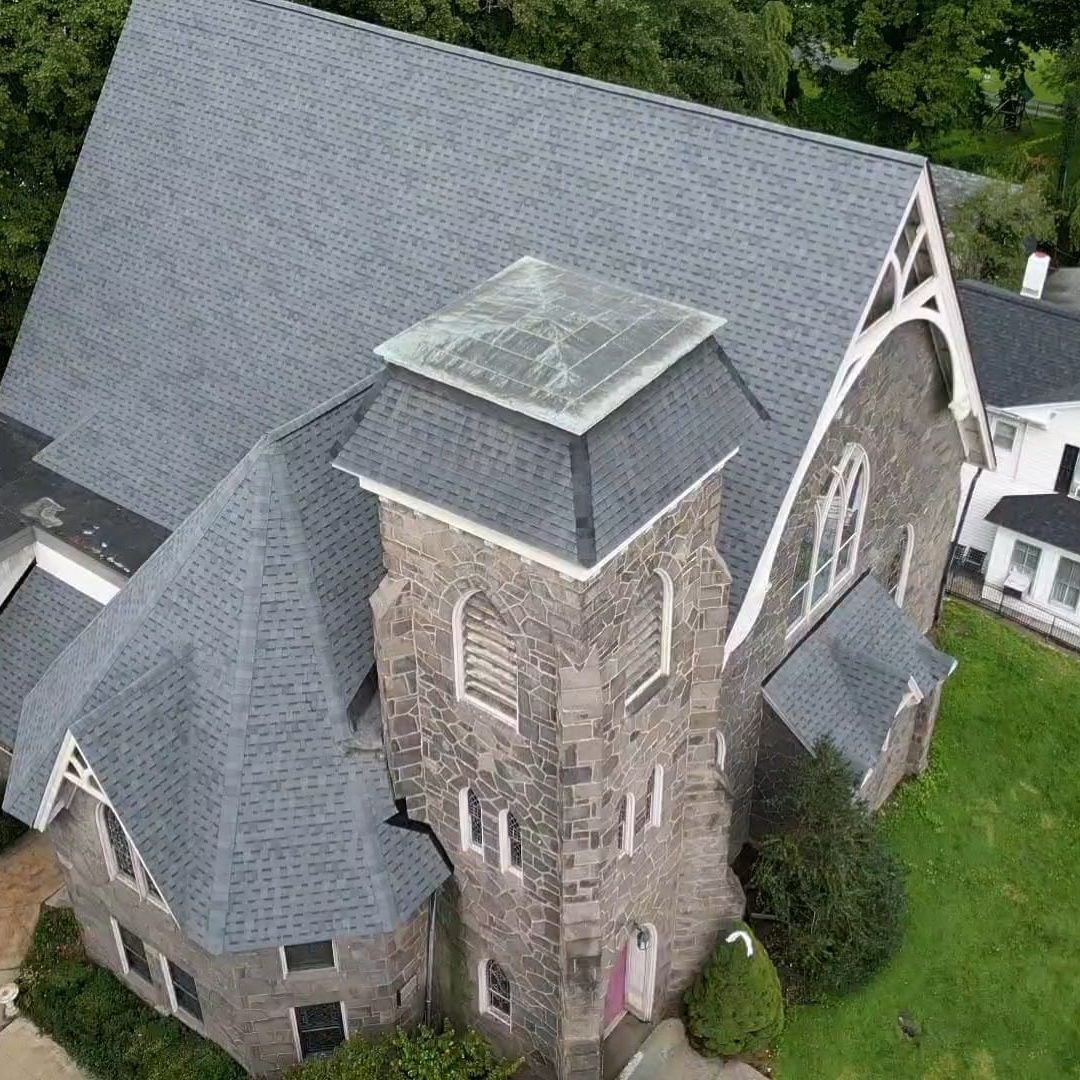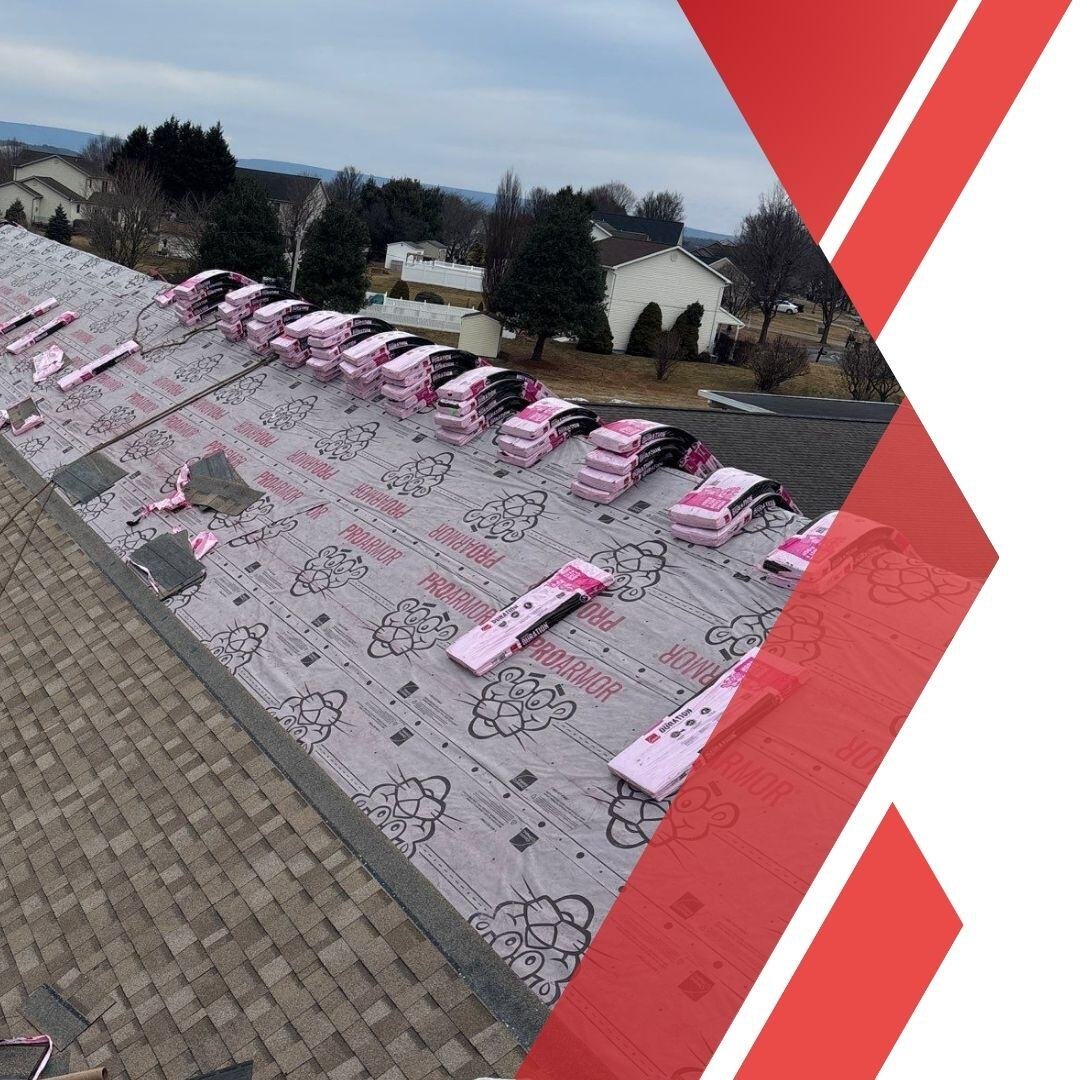Roofing Solutions for Historic and Landmark Buildings
Preserving the character of historic buildings while upgrading performance requires precision, care, and material expertise. Equity Commercial Roofing provides roofing systems for heritage properties across Central Pennsylvania, with a focus on code compliance, weather resistance, and architectural integrity.
Protecting Historic Character with Modern Roofing Solutions
Historic buildings require roofing that respects their visual identity while addressing aging materials, structural sensitivity, and code updates. We help you select modern systems that meet performance needs without compromising historical design.
Key Considerations for Historic Roofing
✔ Preservation-friendly materials: Metal, synthetic slate, and architectural shingles compatible with original roof styles and preservation-grade standards
✔ Low-profile waterproofing: Systems designed to control moisture without altering rooflines
✔ Sensitive installation practices: Minimized impact on fragile structures or historic facades
✔ Code compliance: Solutions that meet modern fire, drainage, and access standards
✔ Long-term protection: Systems that extend lifespan while retaining curb appeal
✔ Thermal upgrades: Compatible insulation options that improve energy performance without affecting visual integrity
What Types of Historic Buildings Do We Service?
From restored churches to 19th-century public buildings, we help property owners preserve historic value with appropriate roofing systems.
Buildings We Commonly Service:
Registered historic buildings
Courthouses and government facilities
Museums and cultural institutions
Historic homes and estates
Renovated churches, schools, or libraries

Our Process for Historic Roofing Projects
Every historic roofing project is approached with a preservation mindset, ensuring integrity, safety, and performance throughout the process.
-
Step 1: Historical Review and Inspection
Evaluate existing structure, slope, drainage, and roof condition.
Review original materials and preservation requirements or designations. -
Step 2: Material Planning and Timeline Coordination
Recommend historically appropriate materials that meet current codes.
Plan project timeline based on seasonal factors and restoration schedules. -
Step 3: Sensitive Installation and Site Management
Install roofing system using OSHA-compliant, low-impact methods.
Stage materials carefully to protect masonry, windows, and façades. -
Step 4: Final Review and Documentation
Conduct final inspection and register system warranties.
Provide photo documentation and care recommendations for long-term maintenance.
Preserving Central PA’s History with Roofing Expertise
Our team has decades of experience working on historic and architecturally significant buildings. We apply modern roofing methods while meeting preservation commission standards for historic structures, ensuring performance without compromising original design.
✔ Familiarity with preservation commission guidelines
✔ Experience with slate, wood shake, metal, and modern equivalents
✔ OSHA 30-certified crews and respectful site practices
✔ Documentation for historical boards or grant compliance
✔ Multi-phase project coordination when combined with restoration
✔ We source historically compatible materials and finishes to ensure visual consistency and preservation board compliance.
Contact Equity Roofing to Discuss Your Historic Roofing Needs
.png)

Historic Roofing FAQs
Common questions from property owners, municipalities, and preservation committees.
-
What materials are best for historic buildings?
We often use synthetic slate, architectural shingles, or metal options that visually replicate the original roof while improving longevity and moisture protection.
-
Do historic roofs require special permits or approvals?
Yes. In many areas, changes to a historic property must be reviewed by a local or state preservation commission. We help provide the technical documentation you’ll need.
-
Can you match the original look of our roof?
In most cases, yes. We work with materials that mimic original textures and colors while meeting modern performance standards.
-
How do you avoid damaging fragile structures during installation?
We use light-impact tools, manual removal where needed, and protective measures to safeguard masonry, windows, and decorative elements.
-
Can you work with restoration contractors or historical architects?
Absolutely. We frequently coordinate with preservation specialists as part of multi-phase renovations or public-funded projects.
Still have questions? Contact us to discuss a roofing plan that respects your building’s history.
